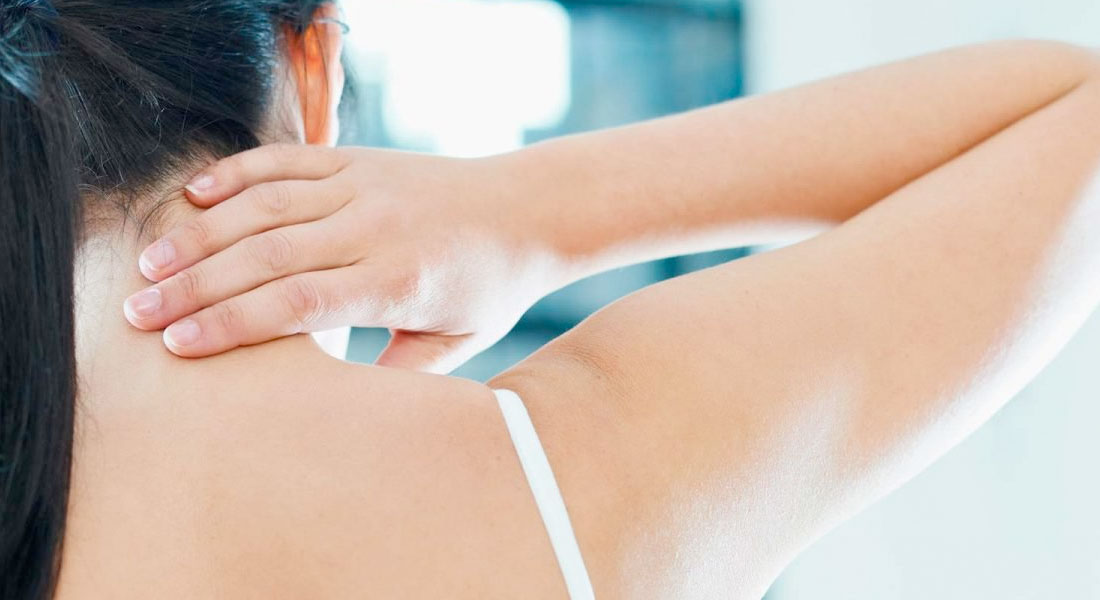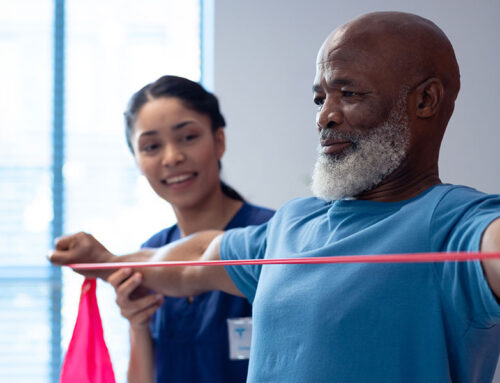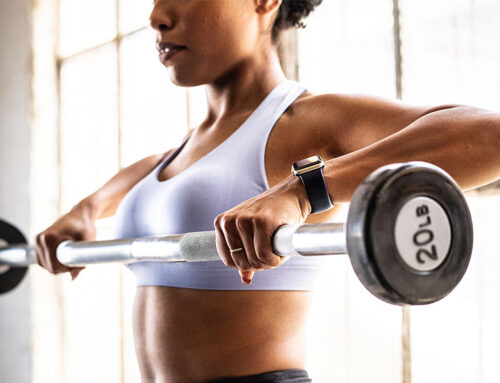Have you ever been to your Myotherapist or Pilates class and been given an exercise that involves lowering your chin to your chest very slowly and carefully without switching on all the big muscles in the front of your neck? Do you suffer from headaches, poor head posture, injury due to bad pillows, whiplash or disc/facet joint irritation? Then maybe Chin tucks/nods are good exercises for you!
What is the purpose of this exercise?
The aim of the exercise is to switch on the deep neck flexors of your cervical spine (your deep neck muscles), or in other words, activate the “core muscles” of your neck. These muscles are used to create segmental control of each of the vertebra in your neck. When you are injured (for whatever reason) the recruitment of these important muscles can be switched off, and sometimes stay off, unless we give them some homework to do! When these muscles are switched off all our big global muscles such as sternocleidomastoid and scalene muscles take over and do all the work causing poor posture, tension and pain.
Neck
The muscles that we are trying to activate are called longus colli and longus capitus.
Both of these muscles are responsible for initiating or starting neck flexion movement, protecting cervical facet joint and discs, as well as maintaining neck posture.
People with neck pain and discomfort show an increase in sternocleidomastoid activation and a decrease in deep neck flexor activation. Upon training the deep neck flexors, most people can get relief from headaches, injury and tight superficial muscles.
How do you do a chin nod?
Lie on the floor/yoga mat with your head on a neutral pillow and your lower back protected (some people will need a pillow under their knees). Think about a rod in-between your 2 ears. Pretend that your head hinges off this rod. Place a hand over your sternocleidomastoid muscle (the big strong muscle that goes from the middle of your sternum to just behind your ear). See image on the right.
Now SLOWLY and carefully hinge your head towards your chest (or tuck your chin towards your chest). You only need to move a very small distance. Hold for 2-3 seconds then relax. Repeat. The muscles under your hand on your neck should not activate at all (feel for them popping up under your hand) If they do, you are moving too far or too quickly. It is a very controlled small movement. If you would like to try a chin nod in your next myotherapy appointment do not hesitate to ask your Therapist at Elite Myotherapy!
By Catharine Bainbridge






